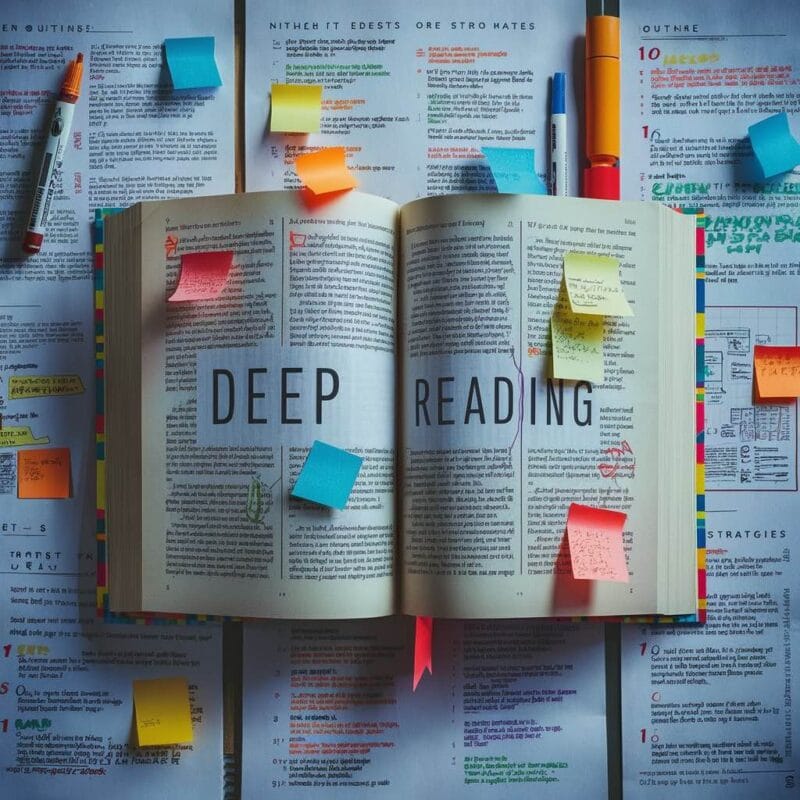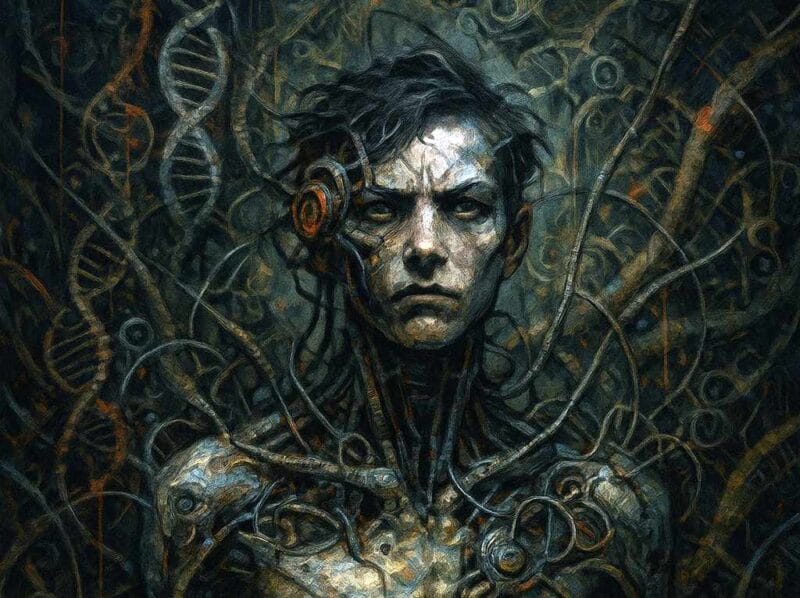- Literary fiction stands apart by prioritizing artistic complexity, emotional nuance, and existential themes over conventional plot-driven storytelling.
- It often employs innovative techniques such as fragmented timelines and shifting perspectives, as seen in works like Virginia Woolf’s Mrs. Dalloway and Kazuo Ishiguro’s The Remains of the Day.
- Unlike genre fiction, which emphasizes entertainment and plot resolution, literary fiction encourages reflection through ambiguity and unresolved questions. Key distinctions include:
– Genre Fiction: Focuses on categories like mystery and fantasy, emphasizing plot-driven stories with clear resolutions.
– Literary Fiction: Explores character, emotion, and thematic depth, often using innovative techniques to provoke thought. - Blurred boundaries exist, with hybrid works like Margaret Atwood’s The Handmaid’s Tale merging genre elements with intellectual depth.
- Literary expression encompasses not only fiction, such as novels and short stories, but also creative nonfiction. It challenges perceptions, inspires creativity, and addresses ethical and philosophical questions, leaving a legacy of enduring artistic excellence exemplified by transformative works like To the Lighthouse (literary fiction) and In Cold Blood (creative nonfiction).
Literature has always served as a reflective lens through which humanity examines its own intricacies. Among its many forms, literary fiction distinguishes itself by offering a profound exploration of the human experience. Yet, what defines literary fiction? How does it differ from other narrative forms, and what gives it its unique place in the art of storytelling?
Pablo Picasso once remarked, “Art is a lie that makes us realize truth.” This perspective underscores the paradoxical power of fiction: through its imaginative fabrications, it reveals profound truths about the human condition. Literary fiction thrives on this interplay of artifice and reality, using multidimensional characters, intricate themes, and stylistic innovation to uncover meanings that factual narratives often obscure. It prioritizes artistry and depth, transcending straightforward plot delivery to create stories that linger in thought and interpretation.
This guide seeks to define the core attributes of literary fiction—by examining its place in the art of storytelling, we aim to uncover what makes it distinct from other forms of narratives, why it continues to hold a vital place in modern literature, and why it continues to matter.
What is literary fiction?
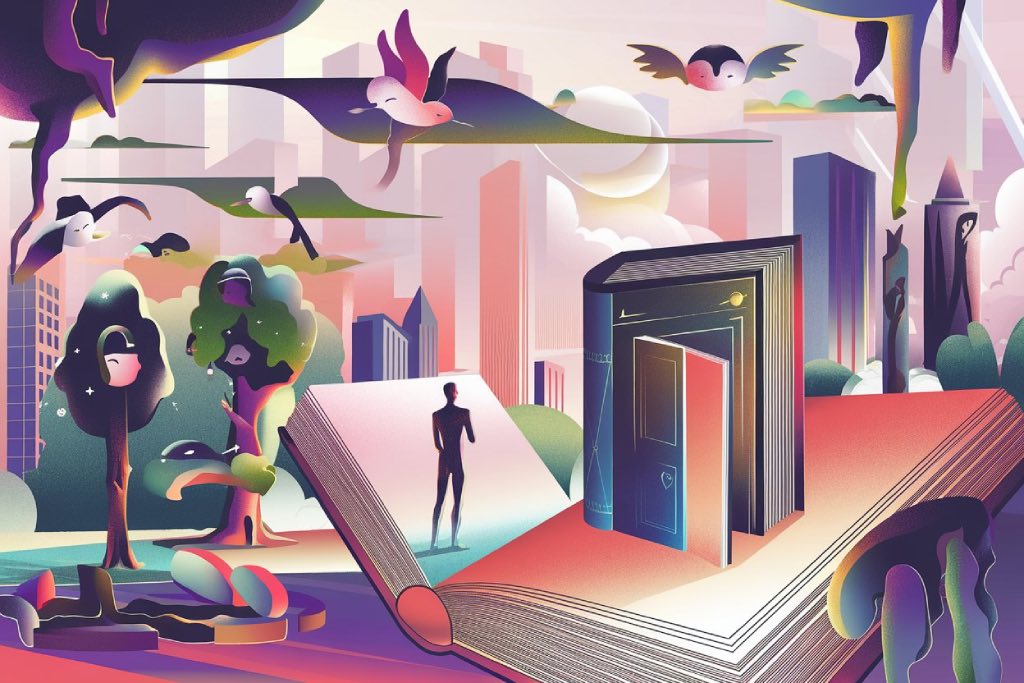
At its essence, literary fiction prioritizes artistic integrity and complexity over conventional plot-driven storytelling. It focuses on portraying the depth of human emotions, relationships, and existential inquiries. Unlike genre fiction, which often leans on formulaic structures to entertain, literary fiction strives to provoke thought and foster a deeper engagement with its themes.
Central to literary fiction are intricately crafted characters who confront personal, ethical, or existential challenges. Novels like Virginia Woolf’s To the Lighthouse (1927) and Toni Morrison’s Beloved (1987) exemplify this approach with their richly developed characters and meaningful explorations of identity, love, and history. These works go beyond narrative mechanics by challenging readers to contemplate the nuances of their own lives and the world around them.
Another defining trait of literary fiction is its embrace of innovative storytelling techniques. Their authors often experiment with language, structure, and perspective to deepen the narrative and enhance its expressive power. For instance, Woolf’s stream of consciousness in Mrs. Dalloway (1925) reshaped narrative conventions, while Harper Lee’s To Kill a Mockingbird (1960) explored the moral dimensions of racial inequality with powerful simplicity. Literary fiction, thus, transcends storytelling boundaries, serving as a medium for both intellectual and emotional exploration.
Moreover, literary fiction stands as a distinct category in relation to other genres, encompassing works such as novels and short stories that prioritize artistic exploration. While other forms of literary expression—such as creative nonfiction—also value depth and innovation, literary fiction remains firmly rooted in the imaginative, focusing on fictional narratives that illuminate universal themes.
Literary Fiction vs. Genre Fiction
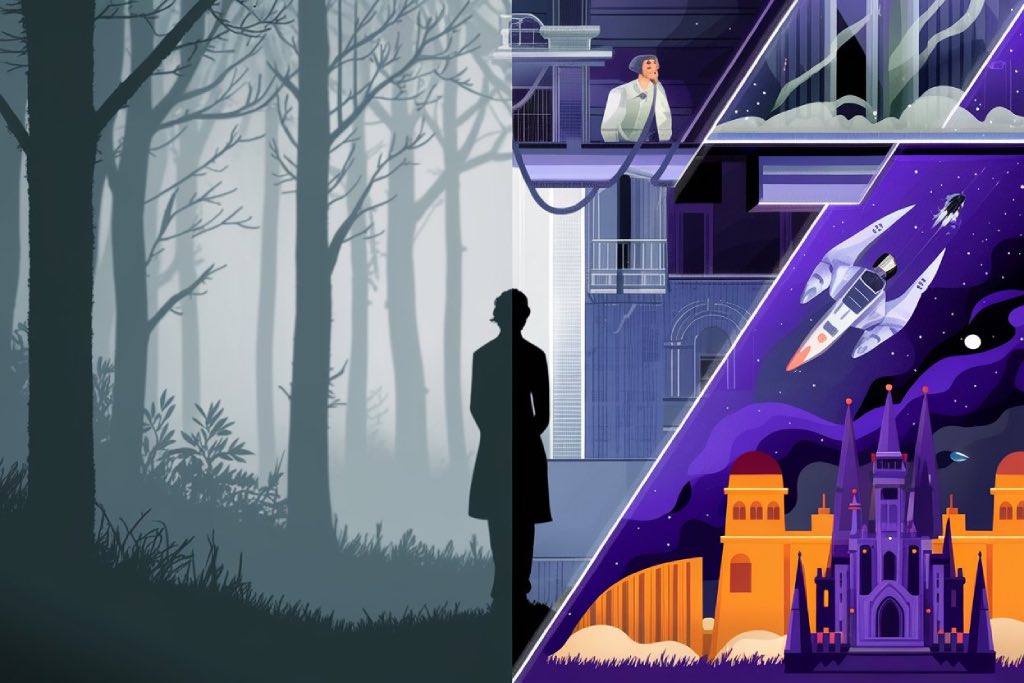
One of the most frequently asked questions about literary fiction is how it compares to genre fiction. Both forms have value, but their goals and storytelling approaches set them apart.
Genre fiction, which includes categories such as romance, fantasy, mystery, and science fiction, often emphasizes entertainment and plot-driven narratives. These stories follow recognizable conventions and familiar structures, offering escapism and satisfying resolutions. For example, J.K. Rowling’s Harry Potter series and Agatha Christie’s mysteries masterfully use genre conventions to captivate audiences and provide an engaging reading experience.
By contrast, literary fiction focuses on exploring the intricacies of character, emotion, and theme. It prioritizes internal conflict and thought-provoking questions, often leaving certain elements unresolved to encourage deeper contemplation. Kazuo Ishiguro’s The Remains of the Day (1989), for instance, is not just a story of personal regret and missed opportunities but also an exploration of duty and memory, encouraging thoughtful reflection on its nuanced themes well beyond the final page.
Key Differences
- Genre Fiction: Focuses on established categories like mystery, romance, or fantasy, emphasizing engaging, plot-driven stories with clear structures, linear narratives, and resolutions. Characters primarily serve the plot, and the aim is to entertain through familiar conventions.
- Literary Fiction: Prioritizes introspection and thematic exploration, with an emphasis on complex characters and universal questions like identity or morality. It often employs innovative techniques such as fragmented timelines or shifting perspectives, encouraging reflection through ambiguity and open-ended narratives.
The core distinction lies in the purpose and approach of each: genre fiction seeks to entertain through familiar and well-loved conventions, while literary fiction aims to provoke thought and engage readers on a deeper intellectual and emotional level through its artistry and thematic ambition.
Blurred Boundaries
The distinction between literary and genre fiction is not always clear-cut. Some works bridge the gap, combining the appeal of genre elements with the depth associated with literary fiction. Margaret Atwood’s The Handmaid’s Tale (1985), for instance, employs the speculative framework of dystopian fiction while delivering a profound critique of power structures, gender dynamics, and social control. Similarly, Colson Whitehead’s The Underground Railroad (2016) merges historical fiction with speculative elements, blending imaginative storytelling with a thought-provoking examination of history and the struggle for freedom.
These hybrid works demonstrate that literary depth and genre conventions are not mutually exclusive. By blurring these boundaries, such stories expand the possibilities of literature, challenging traditional classifications and enriching the way we think about storytelling. This intersection between the two forms highlights the flexibility of fiction as a medium, capable of entertaining while also addressing the enduring and more meaningful questions.
Subcategories and Related Forms
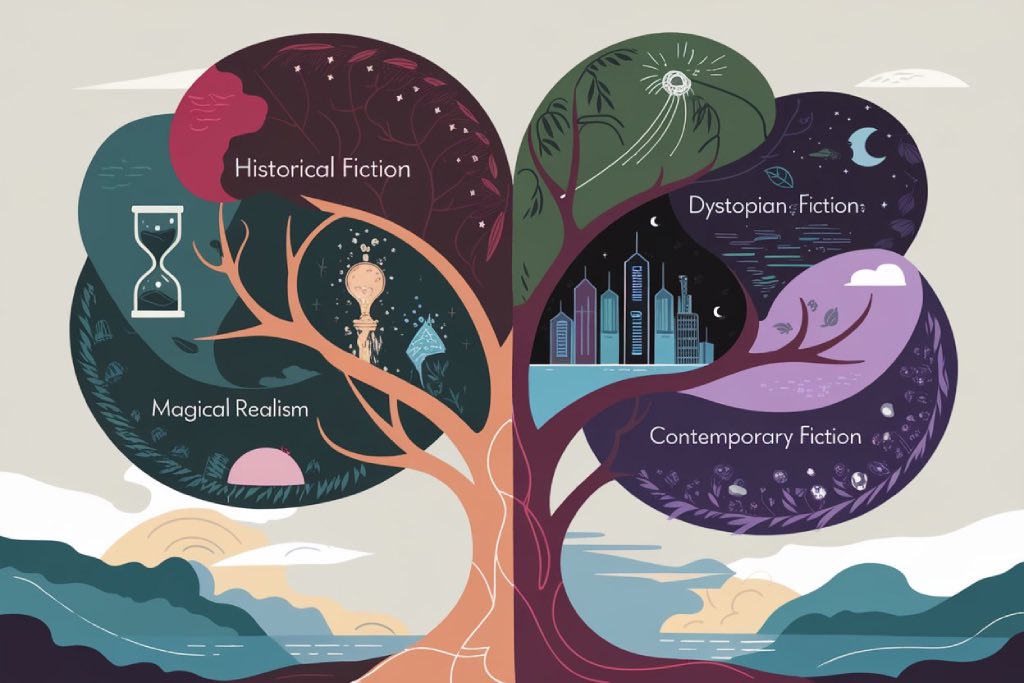
Literary fiction is a broad and versatile category that encompasses various forms and styles, each contributing uniquely to its exploration of life’s possibilities and their artistic expression. From the rich, immersive narratives of literary novels to the concise power of short stories, these forms demonstrate the genre’s ability to engage deeply with complex themes.
Additionally, creative nonfiction, which combines factual storytelling with literary techniques, expands the boundaries of narrative artistry, while timeless literary classics continue to shape and inspire the world of literature. This section examines these subcategories, showing the diverse ways in which literary fiction and its related forms engage and challenge their audiences.
Literary Novels
Literary novels are the hallmark of literary fiction, characterized by their depth of character and exploration of profound themes. These works often prioritize artistic innovation and human introspection over conventional storytelling. Examples include Woolf’s Mrs. Dalloway and Gabriel García Márquez’s One Hundred Years of Solitude (1967), both of which showcase rich narratives and stylistic brilliance.
Literary Short Stories
Short stories are a cornerstone of literary fiction, offering concise yet impactful explorations of character and theme. Writers like Alice Munro and Raymond Carver are celebrated for their mastery of the form, crafting stories that linger in readers’ minds long after the story’s conclusion.
Creative Nonfiction
Creative nonfiction blends factual storytelling with the stylistic elements of fiction. It includes both literary nonfiction and narrative nonfiction, emphasizing vivid descriptions, compelling characters, and a strong authorial voice. Examples of this form include Truman Capote’s In Cold Blood (1966), which merges investigative journalism with literary techniques, and Joan Didion’s essays in The White Album (1979), which connect personal experiences with broader cultural themes.
Literary Classics
What makes a literary work a classic? Literary classics possess timelessness, universal appeal, and the capacity to resonate across generations. From Jane Austen’s Pride and Prejudice (1813) to George Orwell’s Nineteen Eighty-Four (1949), literary classics continue to influence and inspire both writers and readers.
Why Literary Fiction Matters
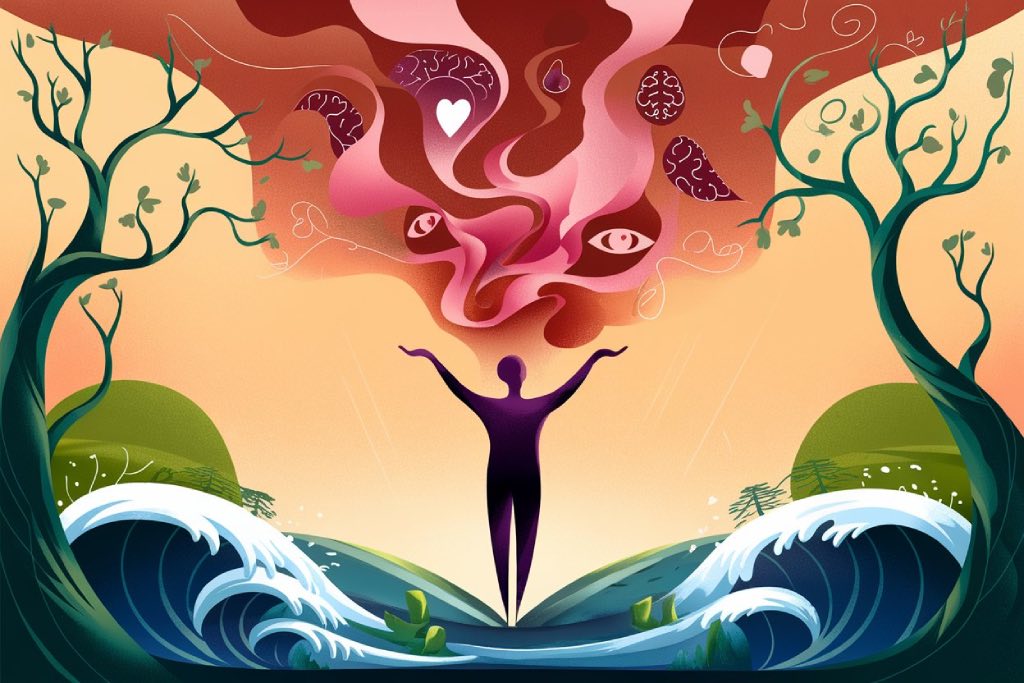
Exploring Universal Themes
Literary fiction, rather than offering solutions, addresses the enduring mysteries of existence—identity, morality, love, and loss—while revealing the intricate and often contradictory nature of life itself. Through narratives rich in nuance and depth, these works transcend their immediate contexts to address universal struggles. Fyodor Dostoevsky’s Crime and Punishment (1866), for instance, portrays the torment of guilt and the search for redemption and shows moral and emotional conflicts that persist across cultures and eras. By engaging with such profound dilemmas, literary fiction creates a bridge between the personal and the universal, encouraging contemplation of the timeless questions that have shaped humanity’s collective journey while offering enduring perspectives on the complexities of life.
Building Empathy and Critical Thinking Skills
Literary fiction, by its very nature, resists easy answers and simplistic moral judgments. It confronts us with ambiguity, with characters and situations that defy categorization, forcing us to engage with complex and often contradictory perspectives. This inherent ambiguity compels us to actively participate in the meaning-making process, to question our own assumptions, and to grapple with the nuances of human experience. Rather than passively consuming a pre-packaged narrative, we are challenged to think critically, to analyze, and to interpret, ultimately emerging with a more nuanced understanding of the world and our place within it.
Cultural and Historical Value
Literary fiction acts as a vital repository of cultural memory, exemplified by Chinua Achebe’s Things Fall Apart (1958), which vividly portrays pre-colonial Igbo society while exploring universal themes of change and identity. By portraying distinct moments and settings, such works move beyond their immediate context, offer insight into different cultures, and broaden our understanding of varied perspectives. Such authors as Morrison and García Márquez, through their unique voices, bridge cultural divides, examine race, history, and the individual’s place within society, and ensure that the stories of the past continue to shape our understanding of the world today.
Expanding Emotional Understanding
Literary fiction, through its nuanced portrayal of emotions, often reveals the complexities of love, grief, longing, and guilt. For instance, Ian McEwan’s Atonement (2001), a work that explores the devastating consequences of a childhood lie, forces readers to confront the complexities of human connection in the face of tragedy. By immersing us in the emotional lives of its characters, literary fiction deepens our awareness of our inner world and the intricate emotions that shape our relationships and interactions. It cultivates empathy by deepening our understanding of others’ experiences and helping us navigate the intricacies of being human with greater sensitivity.
Challenging Perception and Reality
Literary fiction, in its pursuit of innovative storytelling, often subverts traditional narrative structures and challenges our perceptions of truth and reality. Works like Vladimir Nabokov’s Lolita (1955), with their unreliable narrators and morally ambiguous subject matter, force us to confront the complexities of perspective and the subjective nature of truth. By employing techniques such as stream of consciousness, fragmented narratives, and shifting points of view, literary fiction disrupts our expectations and compels us to actively engage with the text, questioning how stories are constructed and how they shape our reality. This experimentation with form not only enriches the interpretive experience but also expands our understanding of the multifaceted nature of reality itself.
Inspiring Creativity and Imagination
Literary fiction, with its inherent drive to push creative boundaries, serves as a fertile ground for experimentation and innovation in narrative expression. James Joyce’s Ulysses (1920), a monumental work renowned for its stream-of-consciousness style, intricate structure, and allusions to Homer’s Odyssey (1614), exemplifies this spirit of exploration. By defying conventional forms and venturing into uncharted literary territory, such works inspire both readers and writers to embrace imaginative thinking and challenge the limitations of traditional storytelling. This spirit of innovation drives creative problem-solving, encourages the exploration of unconventional ideas, and expands the possibilities of language and narrative form, leaving a lasting influence beyond literature itself.
Engaging with Ethical and Philosophical Questions
Literary fiction, with its penchant for exploring life’s complexities, often grapples with profound ethical and philosophical questions. Works like Albert Camus’ The Stranger (1942), with its exploration of alienation and the absurdity of life, or Jean-Paul Sartre’s Nausea (1938), which examines the nature of consciousness and the burden of freedom, plunge us into existential depths. By confronting us with characters who wrestle with questions of morality and responsibility and the search for meaning, literary fiction transcends mere entertainment, becoming a catalyst for intellectual exploration and self-discovery. It challenges us to confront our own beliefs, to question our assumptions, and to engage in a deeper examination of the fundamental questions that shape our lives.
Leaving a Legacy of Artistic Excellence
Masterpieces of literary fiction transcend their time, leaving an indelible mark on the landscape of literature and shaping the trajectory of artistic expression for generations to come. Woolf’s To the Lighthouse, with its groundbreaking stream-of-consciousness style and its exploration of the inner lives of its characters, exemplifies this enduring impact. By boldly experimenting with form and examining human consciousness, such works redefine narrative possibilities and inspire future writers to push the boundaries of storytelling. These enduring contributions ensure the continued evolution of literature, preserving literary fiction’s vital role as a cornerstone of our cultural and intellectual heritage, a testament to the power of language to illuminate the depths of human experience.
Further Reading
What is Literary Fiction, Anyway? by Annika Barranti Klein, Book Riot
Apparently, those who read literary fiction—but not other kinds—have a more “complex worldview.” by Emily Temple, Literary Hub
What distinguishes literary fiction from genre fiction? on Reddit
Why is “literary fiction” thought of as better than popular fiction and is it really? on Quora

